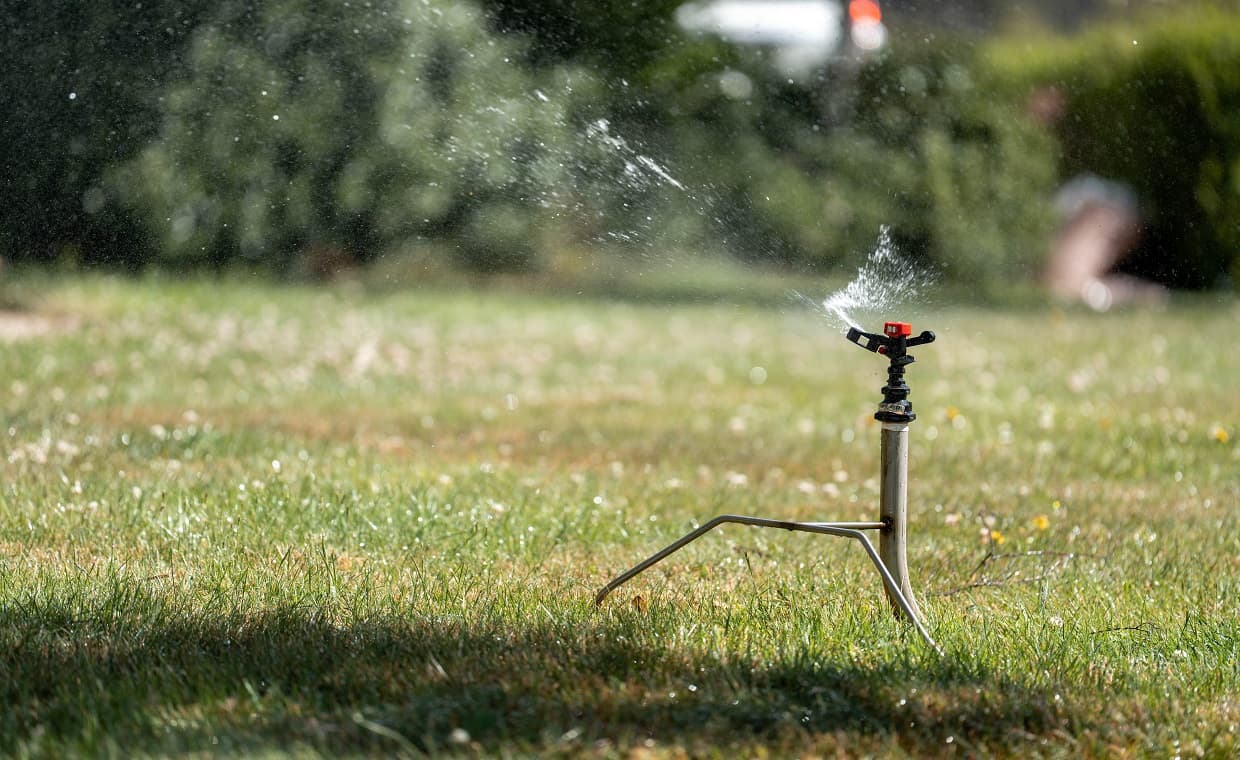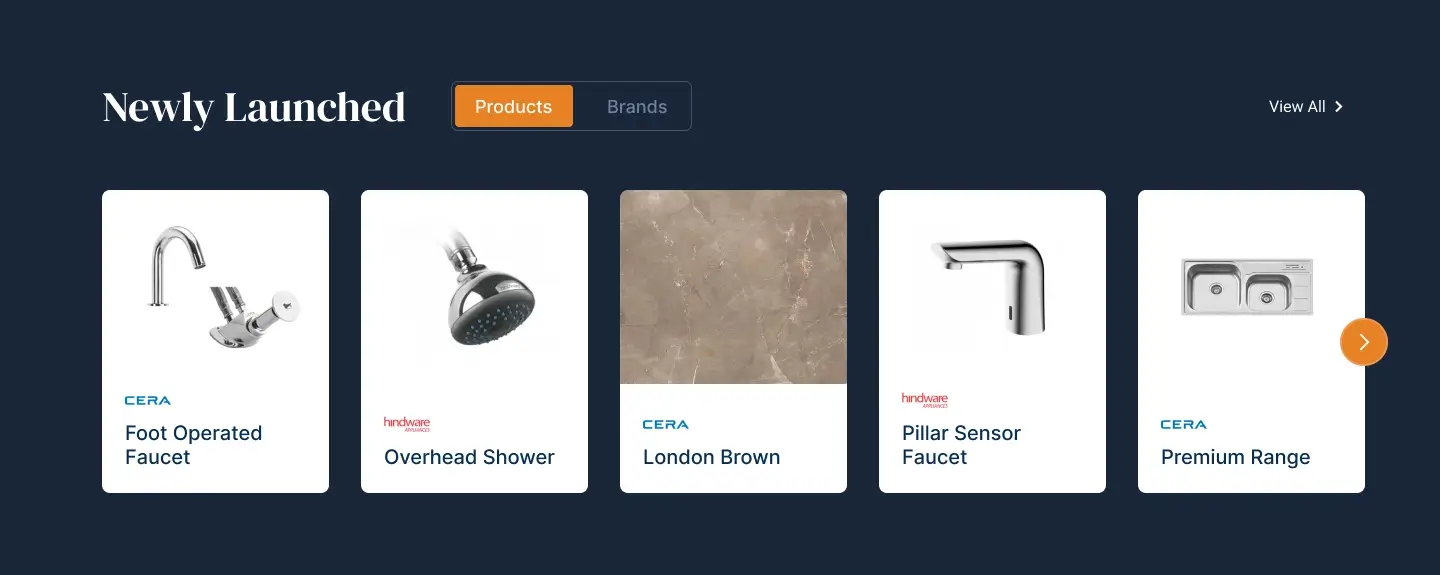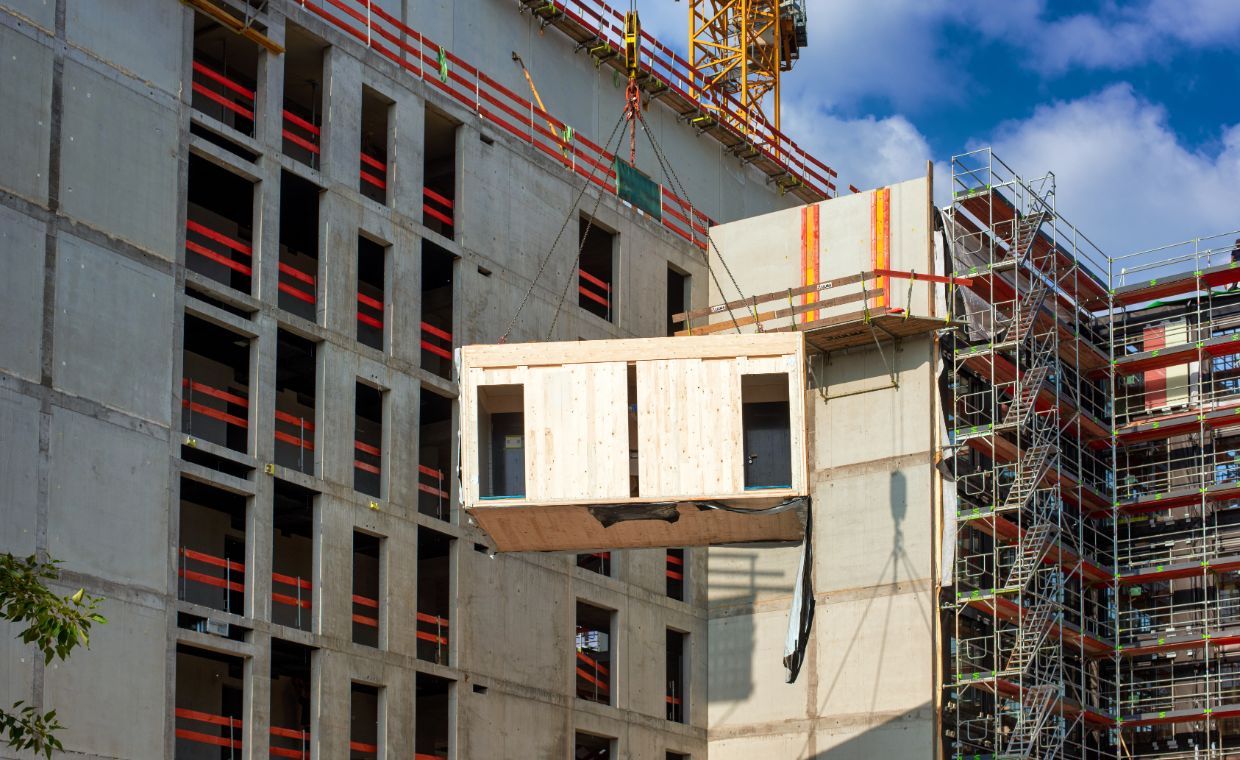
Table of Contents
Quick Summary
- Explains why some lawn issues only appear during specific weather conditions.
- Covers how heat stress, drought, and heavy rain reveal irrigation and drainage problems.
- Discusses frost damage, pressure issues, and sprinkler inefficiencies.
- Helps distinguish normal seasonal changes from real system faults.
- Offers practical tips to test and adjust sprinklers for even coverage.
- Advises on improving drainage and maintaining healthy grass growth.
- Emphasises prevention through regular system checks and adjustments.
A lawn can look perfectly healthy for months, and then suddenly develop brown patches, standing water, or bare spots when the weather shifts. These issues seem to appear out of nowhere, but they’re usually revealing problems that existed all along. Extreme conditions just make them visible. Understanding why certain yard problems only show up during heat waves, droughts, or heavy rain helps homeowners address the actual causes instead of just treating symptoms.
Heat Stress Reveals Hidden Irrigation Gaps
When temperatures climb into the 90s and stay there for weeks, lawns show their weak spots fast. Areas that seemed fine in spring suddenly turn brown and crispy while the rest of the grass stays green. This pattern almost always points to uneven water coverage from the sprinkler system. Sprinkler heads can shift position over time from being hit by mowers, stepped on, or just settling into the ground at different angles. A head that’s tilted slightly wrong might water adequately during mild weather when grass doesn’t need much moisture. But when heat stress hits and every blade of grass needs consistent watering, that misaligned head creates a dry zone that shows up as a brown patch within days.
Pressure problems also become obvious during hot weather. If the system doesn’t have enough pressure to reach certain areas, those spots might get by with less water when temperatures are moderate. When the heat arrives and water demand spikes, insufficient pressure means those areas simply don’t receive enough moisture to survive. The grass goes dormant or dies while better-watered sections stay healthy.
Low head drainage is another issue that heat makes visible. This happens when water drains out of sprinkler heads at low points in the yard after the system shuts off. During cooler weather, this creates minor soggy spots that dry out between watering cycles. In extreme heat, those low areas get overwatered while higher areas don’t get enough, creating a patchwork of problems across the lawn.
Drought Conditions Expose System Inefficiencies
Extended dry periods without rain reveal which parts of a yard are actually getting adequate water from the irrigation system. Many homeowners discover during droughts that their sprinklers aren’t covering as much area as they thought. Dead zones between sprinkler heads become painfully obvious when there’s no rain to compensate for the gaps.
Wind patterns affect coverage more dramatically during droughts. Sprinkler spray gets pushed around by wind, and during normal conditions with occasional rain, this doesn’t cause major problems. But during a drought when the sprinklers are the only water source, wind-affected areas start showing severe stress. Properties dealing with persistent dry patches often need professional sprinkler repair near me to adjust head positions, change nozzle types, or add coverage to compensate for wind effects.
Older systems with worn components struggle more during droughts. Nozzles that are partially clogged might deliver 70% of their designed water output, which works okay when rain supplements the irrigation. Take away the rain and suddenly that 70% output isn’t enough to keep grass alive. Seals that leak slightly waste water that becomes critical during drought conditions.
Timer programming that seemed adequate in normal weather often proves insufficient during droughts. A system set to water 15 minutes per zone might work fine most of the year, but that same duration doesn’t provide enough moisture when temperatures soar and humidity drops. The grass shows the deficit through wilting, colour change, and eventually dormancy or death.
Heavy Rain Brings Drainage and Runoff Issues
When several inches of rain fall in a short period, yards reveal their drainage problems. Standing water that takes days to disappear indicates areas where the irrigation system might be contributing to saturation even when it’s not running. Poor drainage combined with regular sprinkler watering creates constantly soggy conditions that damage grass roots and encourage disease.
Runoff patterns become visible during heavy rain. Water flowing across pavement, down slopes, or into neighbour’s yards shows where irrigation water probably goes during normal watering cycles. That runoff represents wasted water and uneven coverage, with some areas getting too much while others don’t get enough.
Low spots that collect water during storms are the same spots that likely collect excess irrigation water. These areas often develop fungal problems, moss growth, or simply kill the grass from too much moisture. The heavy rain just makes the problem obvious rather than creating it.
Erosion that appears after storms often starts with sprinkler systems hitting slopes or bare areas with too much force. The sprinklers wash away a little soil each time they run, and heavy rain finishes the job by carrying away the loosened soil. What looks like storm damage is often months of irrigation erosion made visible by one big rain event.
Temperature Swings and Frost Damage
Late spring or early fall can bring unexpected freezes that damage irrigation systems still in operation. Systems that weren’t properly winterized or were turned back on too early in spring suffer broken pipes, cracked valves, and split sprinkler heads when water inside them freezes and expands.
The damage might not be immediately obvious. Small cracks in pipes can leak slowly, creating soggy areas that only become noticeable during the next dry spell when those spots stay greener than surrounding grass. Damaged valves might not close completely, causing water to seep continuously into certain zones even when the system is off.
Freeze damage to sprinkler heads often results in irregular spray patterns. A cracked head might still operate but spray water at odd angles or with uneven distribution. This creates the same kind of coverage problems that show up during heat stress, with some areas overwatered and others under watered.
Seasonal Grass Behaviour versus Real Problems
Not every weather-related lawn change indicates an irrigation problem. Grass naturally goes dormant during extreme heat or cold as a survival mechanism. Bermuda grass turns brown in winter, which is normal, not a watering issue. Cool-season grasses struggle in summer heat even with adequate water.
The key is distinguishing between normal seasonal stress and patterns that reveal irrigation failures. Uniform browning across the entire lawn during a heat wave is probably normal dormancy. Brown patches in specific areas while the rest stays green indicate uneven watering. Grass that dies completely rather than going dormant suggests serious water shortage.
Weeds thriving in certain areas can signal irrigation problems too. Wet-loving weeds in low spots indicate overwatering or drainage issues. Drought-tolerant weeds taking over dry areas show where sprinkler coverage is lacking. The weeds are responding to moisture conditions that the grass can’t handle.
Fixing Problems before the Next Weather Event
Addressing these weather-triggered issues means fixing the underlying irrigation and drainage problems, not just waiting for better weather. Testing the system during different weather conditions helps identify coverage gaps, pressure issues, and timing problems that need adjustment.
Walking the yard while sprinklers run shows exactly where water is landing and where coverage falls short. Doing this on a windy day reveals how much wind affects the system. Checking during or right after rain shows drainage problems and areas that stay too wet.
Making adjustments based on these observations prevents the same problems from recurring during the next heat wave, drought, or storm. Most issues are fixable through head adjustments, nozzle changes, timer reprogramming, or adding drainage solutions. The weather extremes just serve as diagnostic tools that reveal what needs attention.
Also Read: 5 Tips for Giving your Garden Makeover
FAQs – Yard Problems in Different Weather
Q1: Why does my lawn develop brown patches during hot weather?
Brown patches often appear due to uneven sprinkler coverage or low water pressure that becomes noticeable during heat stress.
Q2: How can I tell if my lawn issues are due to poor drainage?
If water pools after rain or the soil stays soggy, your lawn likely has drainage problems that need fixing.
Q3: What causes my lawn to stay wet even when sprinklers are off?
Low head drainage or leaking valves can cause water to seep continuously, leaving patches overly wet.
Q4: How do I prevent drought damage to my grass?
Check for proper sprinkler coverage, adjust watering schedules, and repair any blocked or misaligned heads before dry seasons.
Q5: What should I do if frost damages my irrigation system?
Inspect pipes, valves, and heads for cracks, repair damaged parts, and properly winterise your system before the next freeze.






























